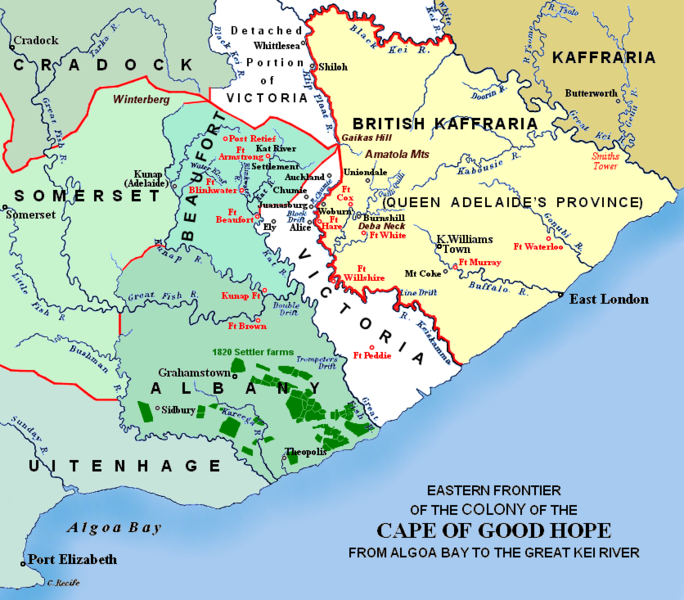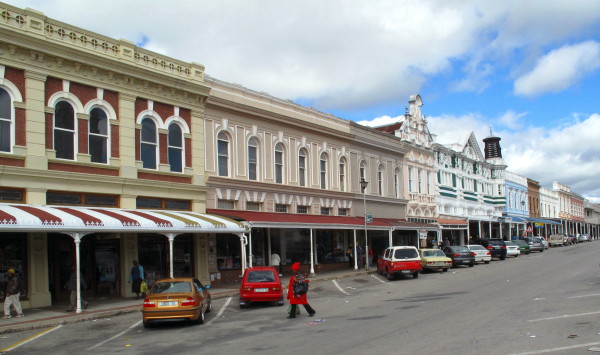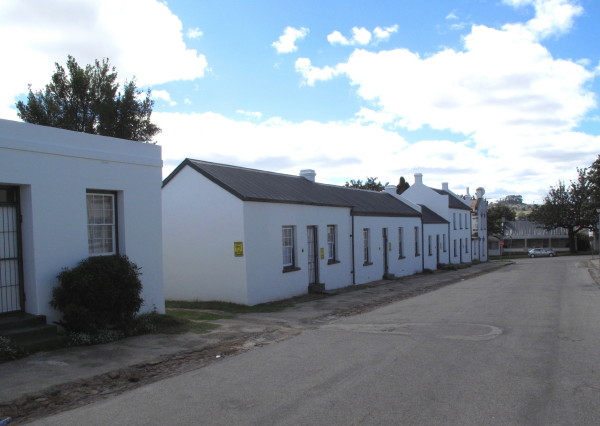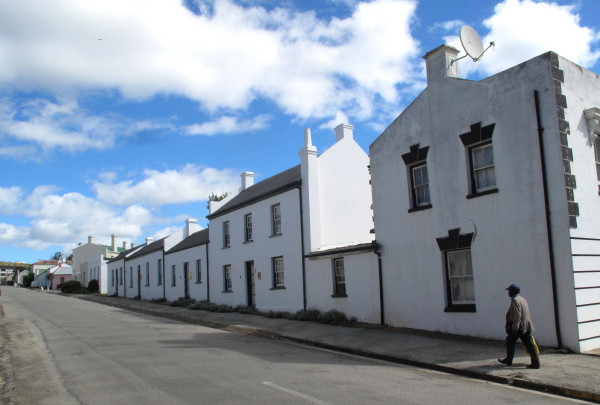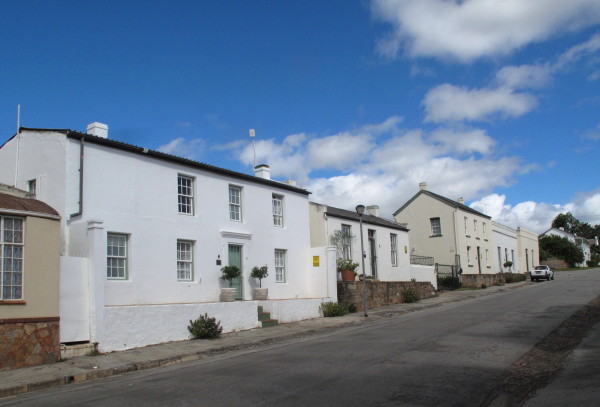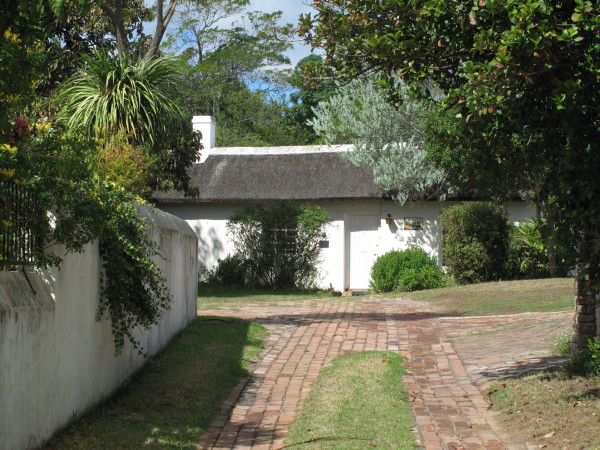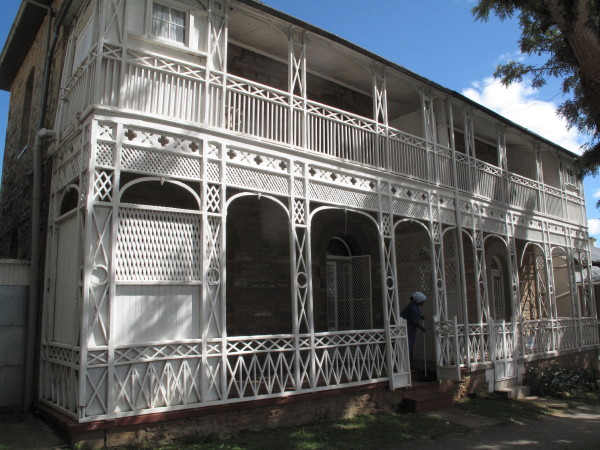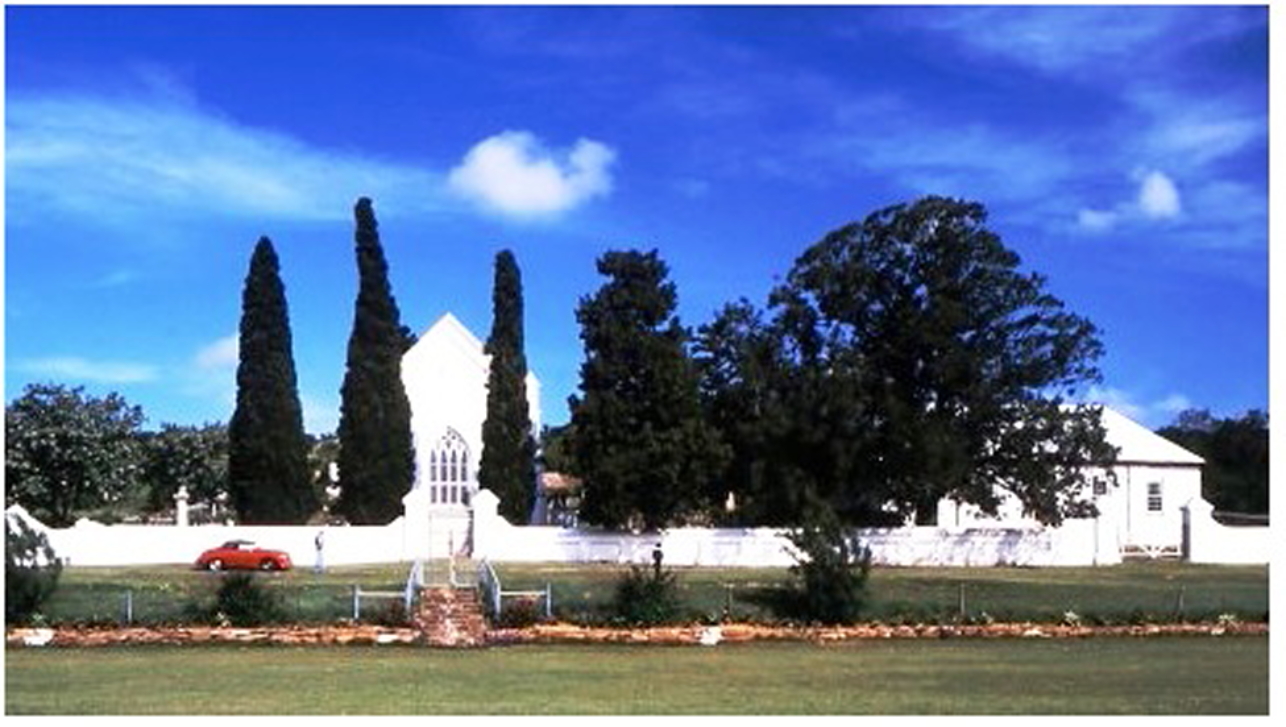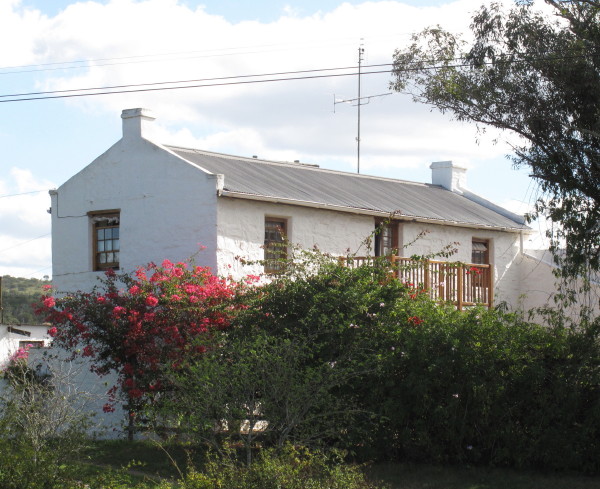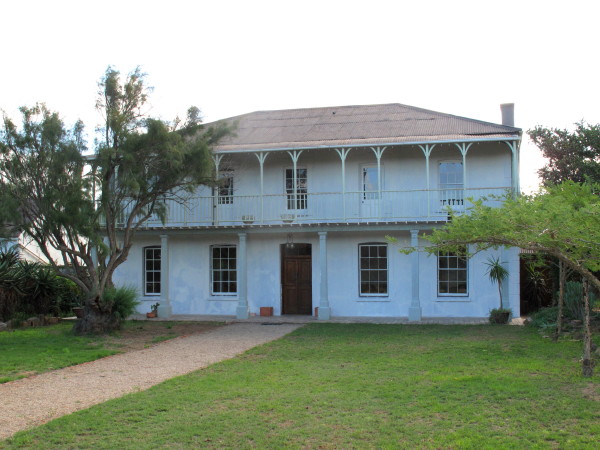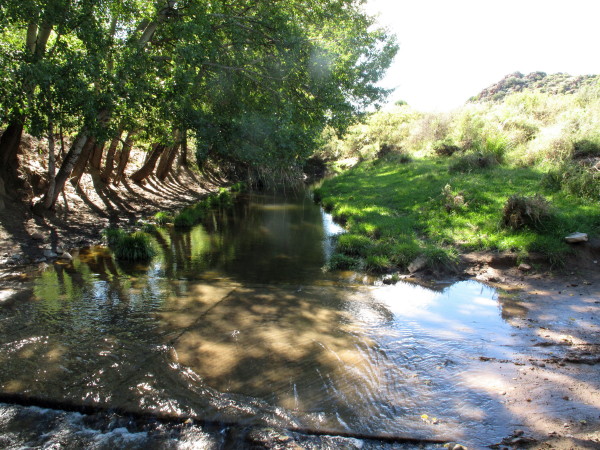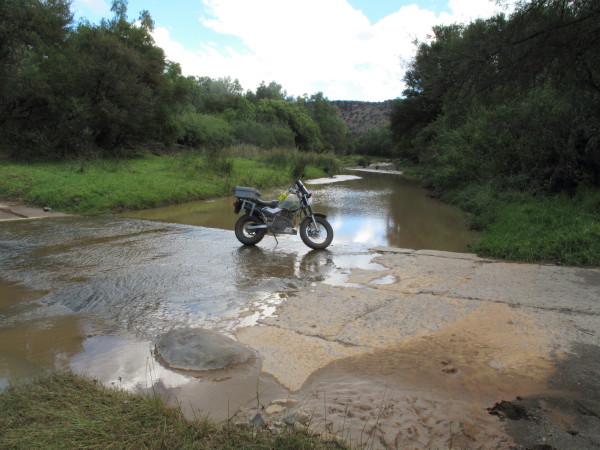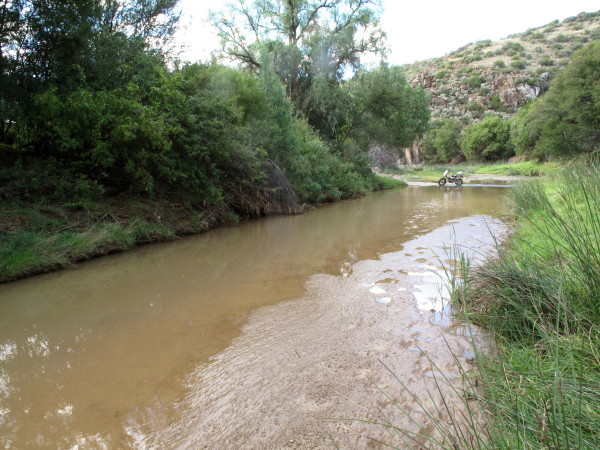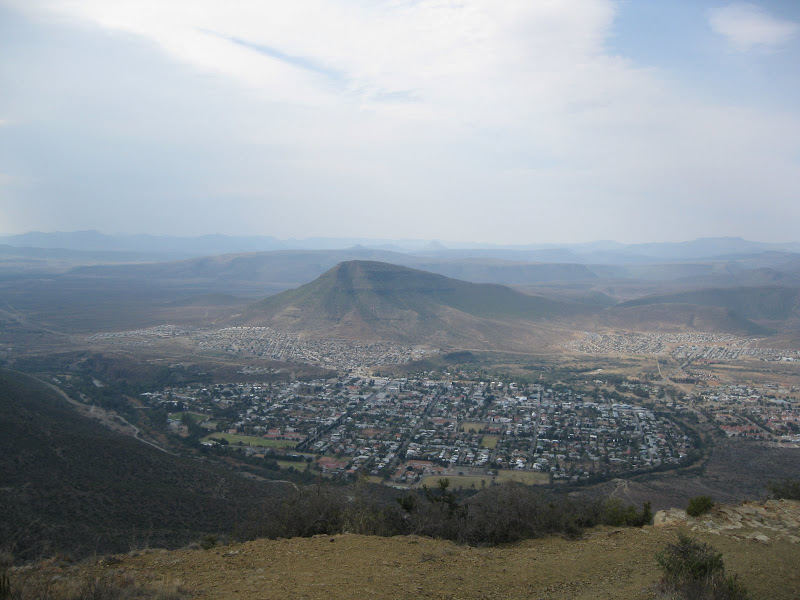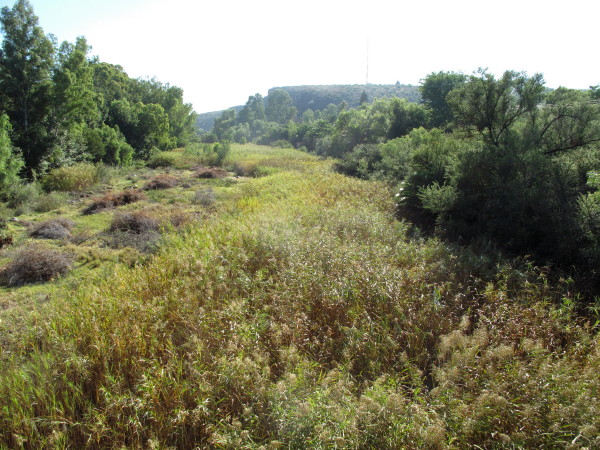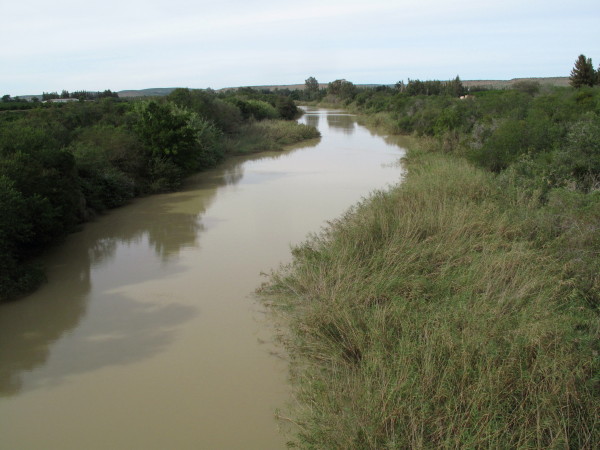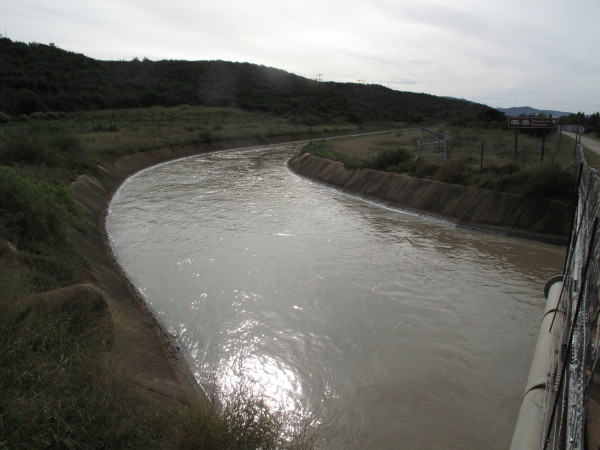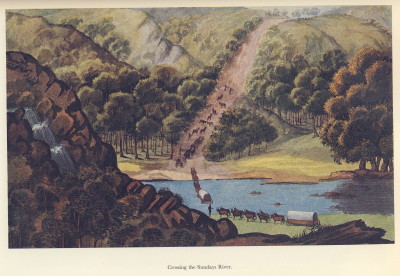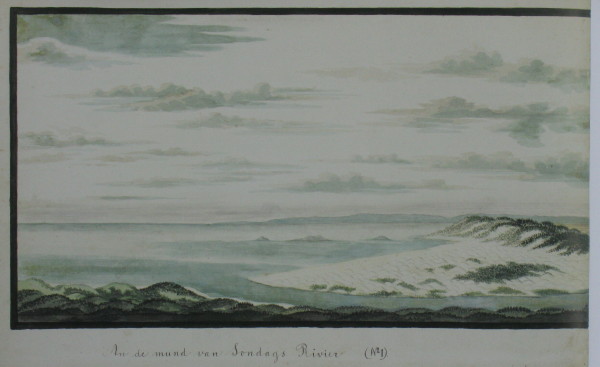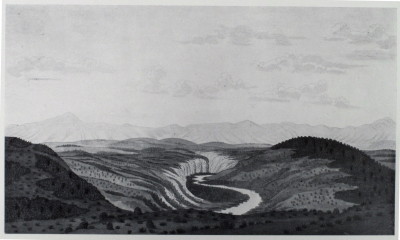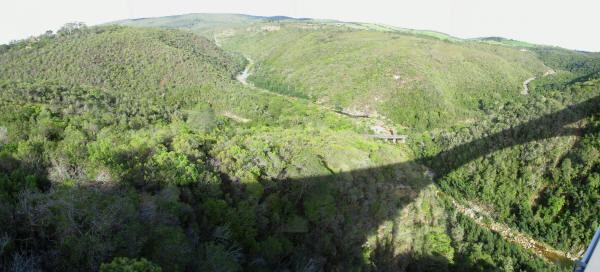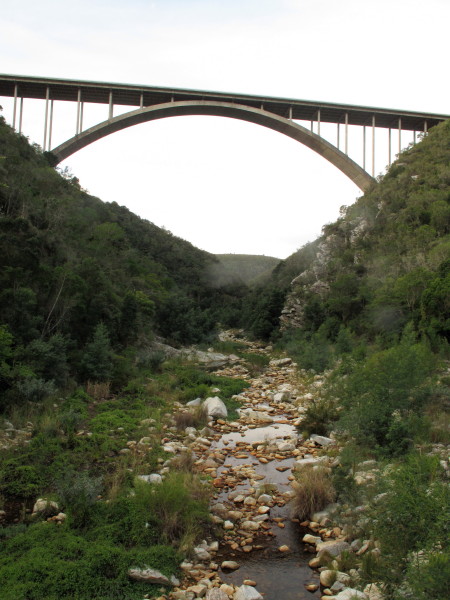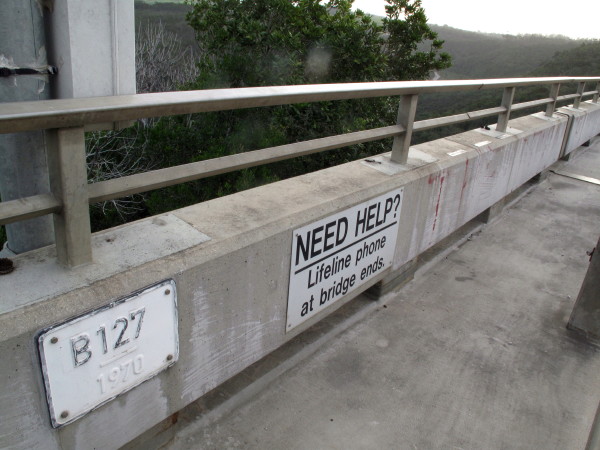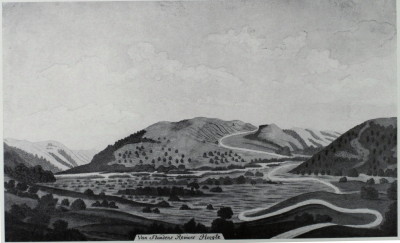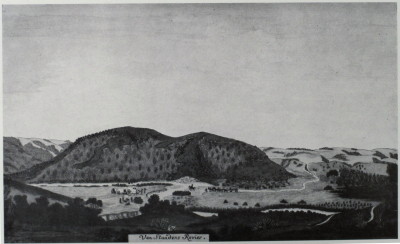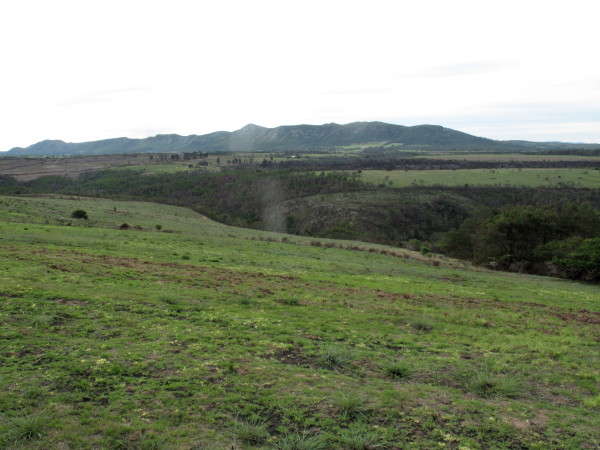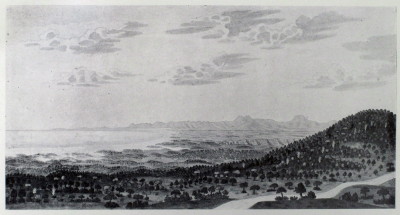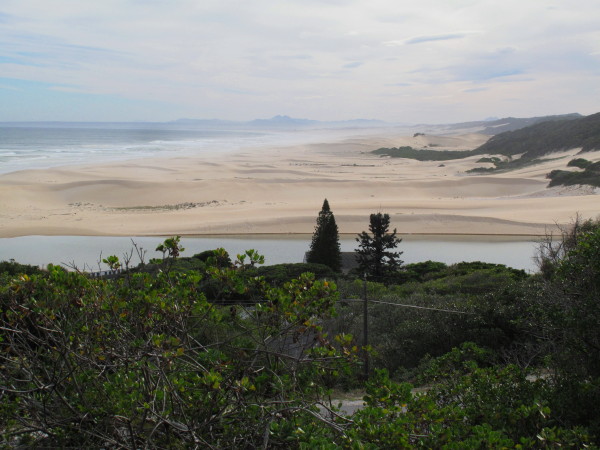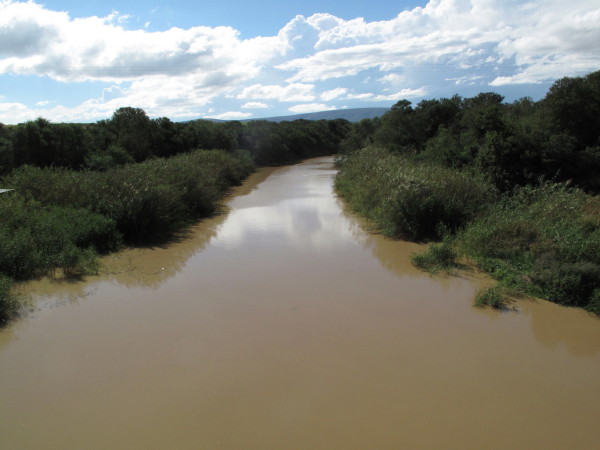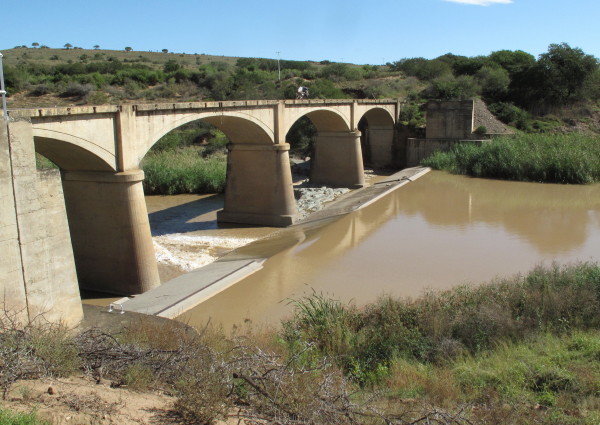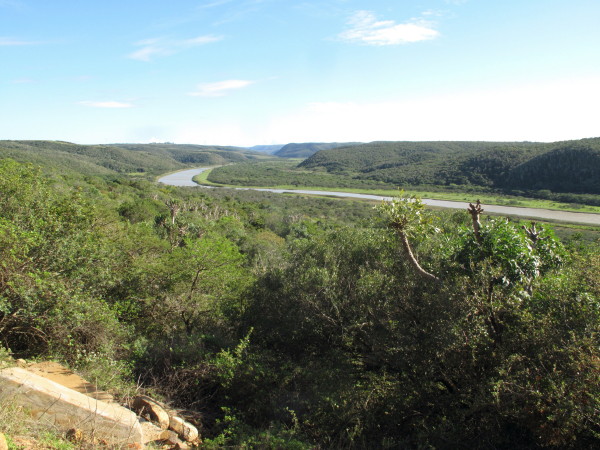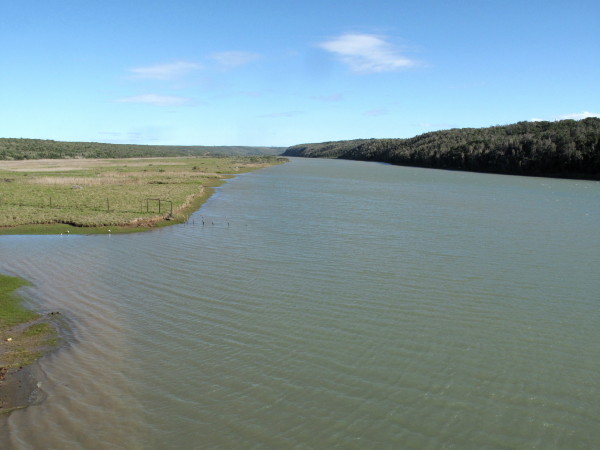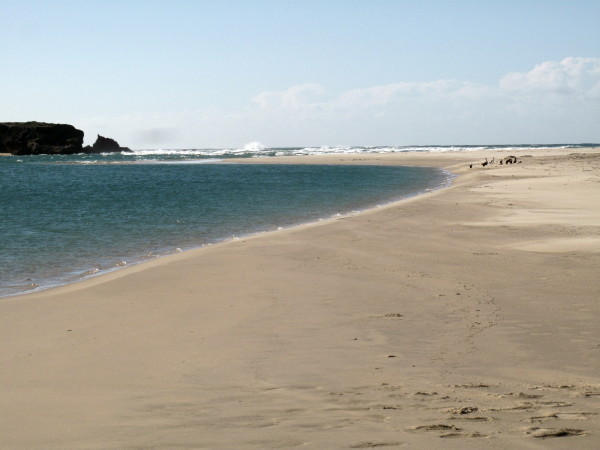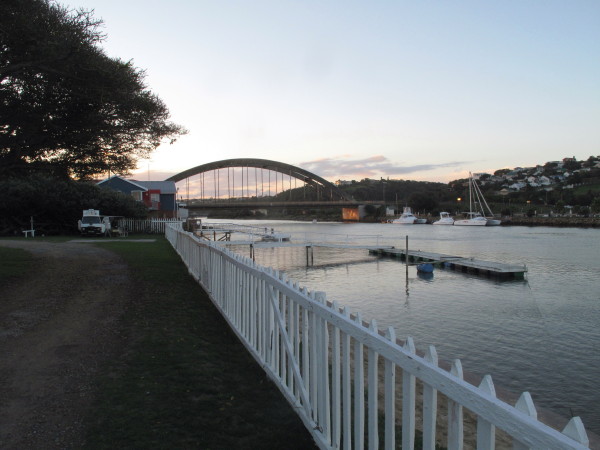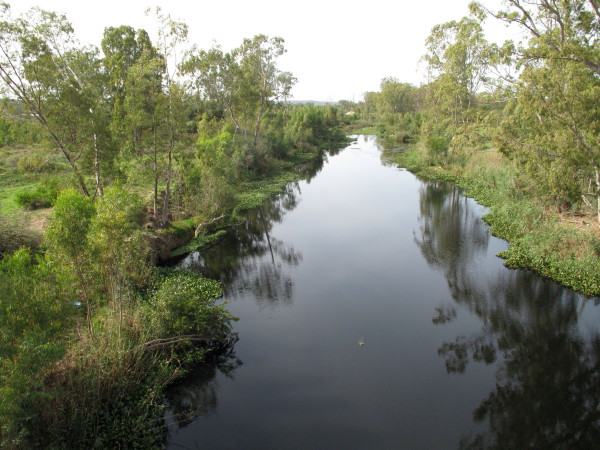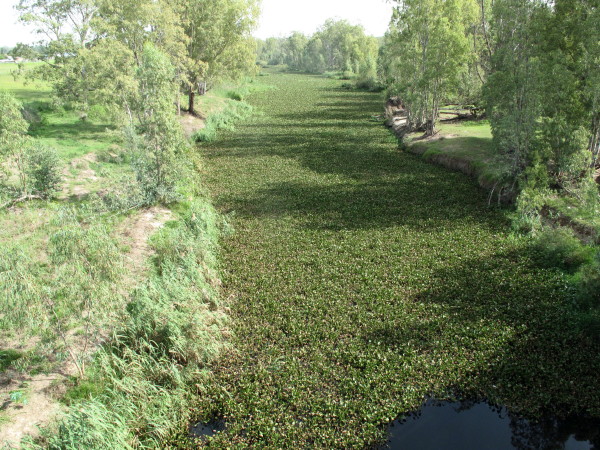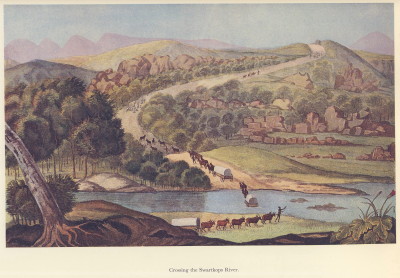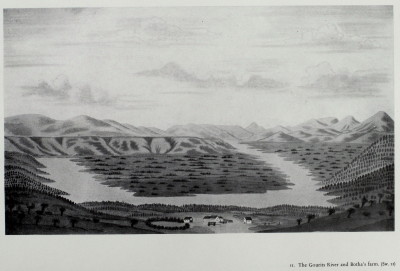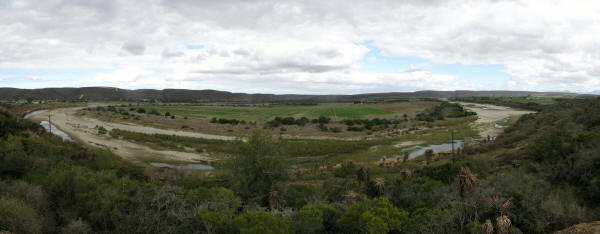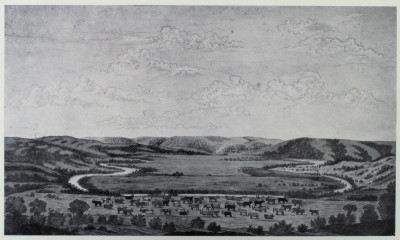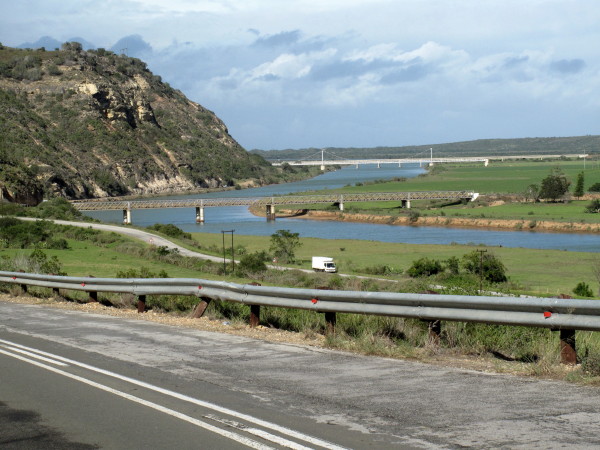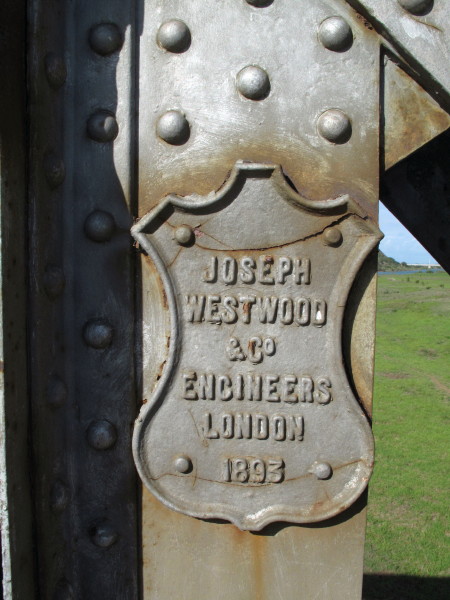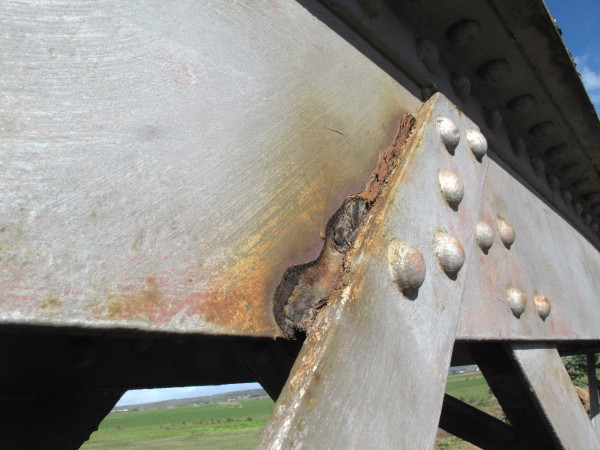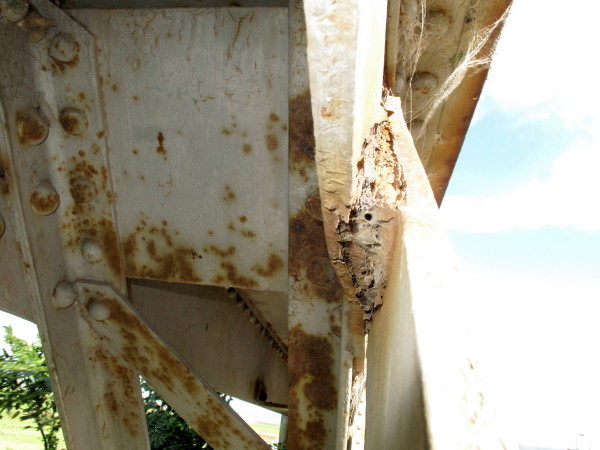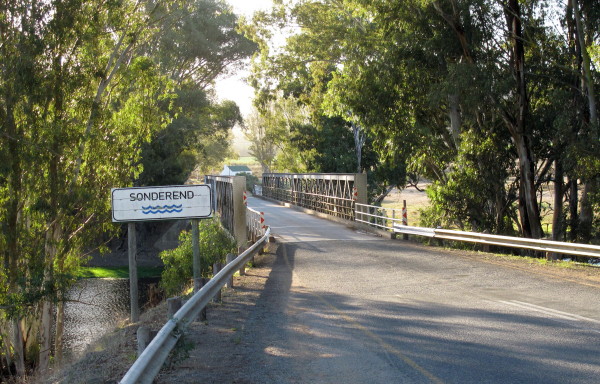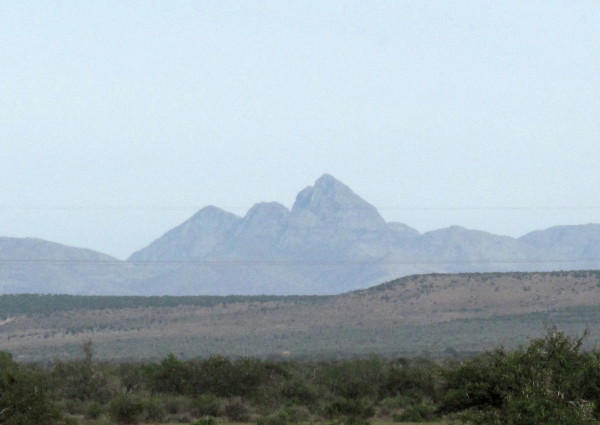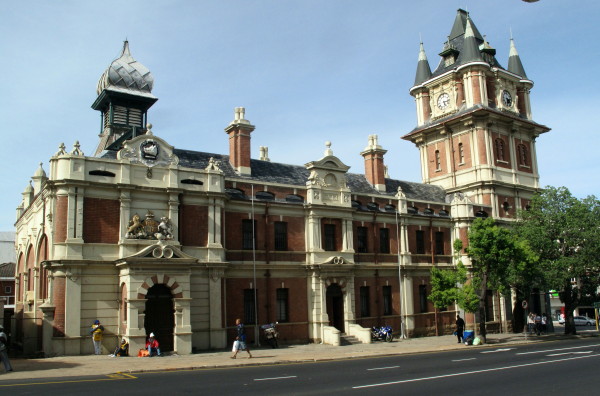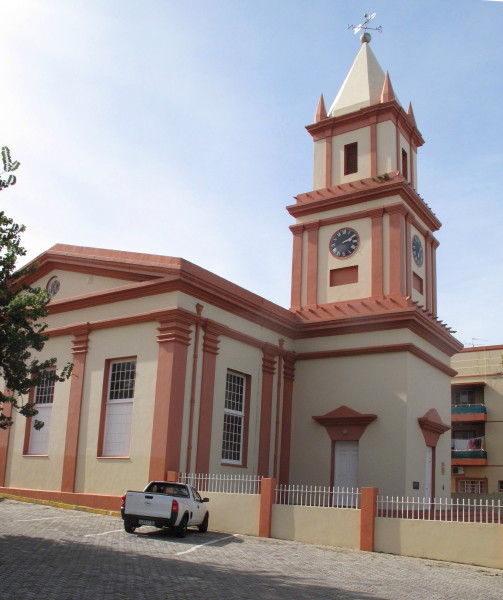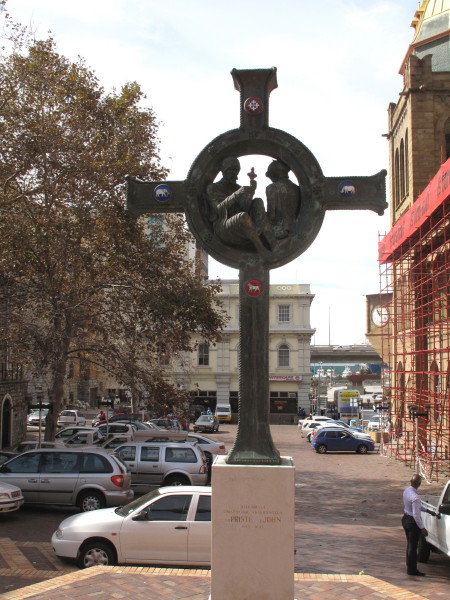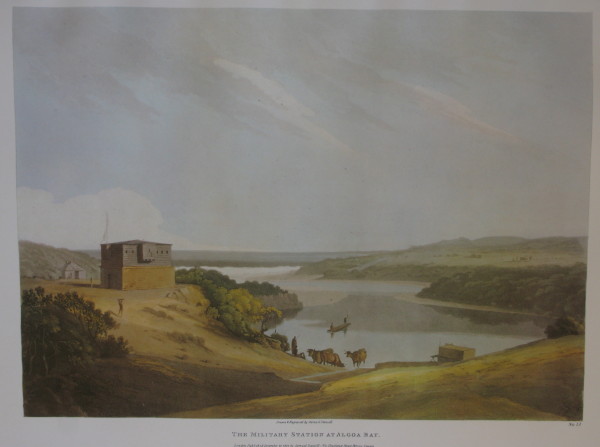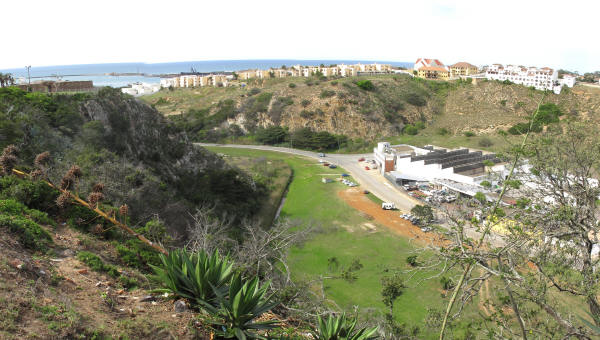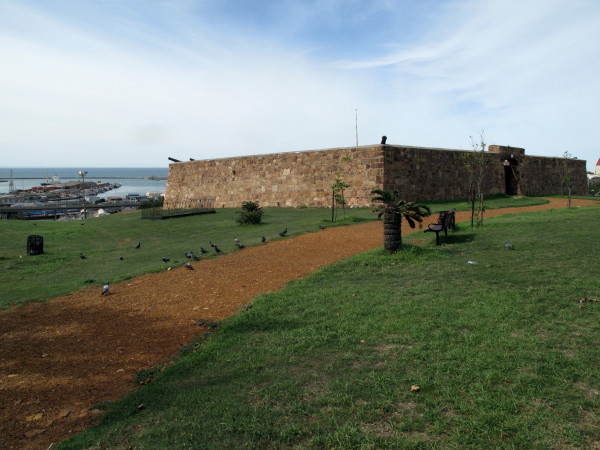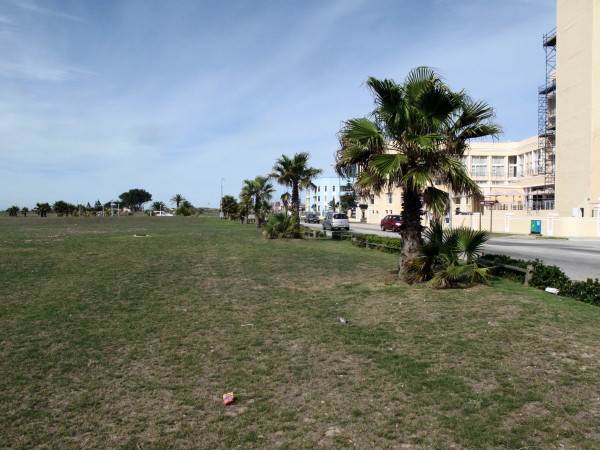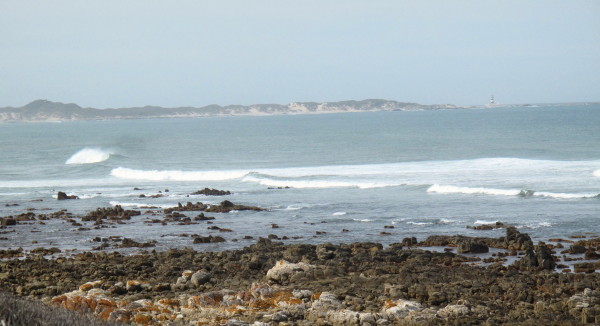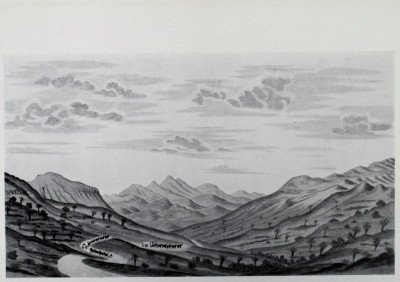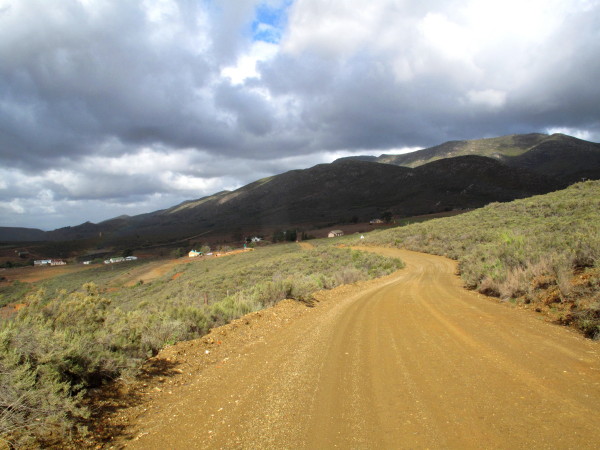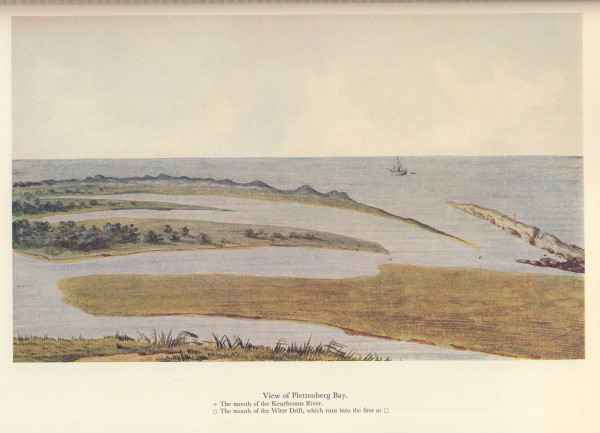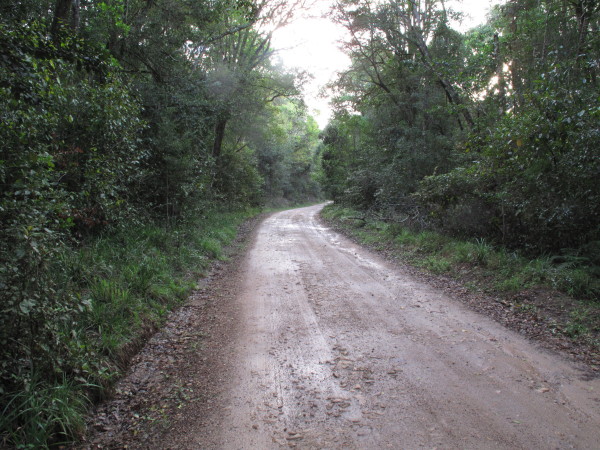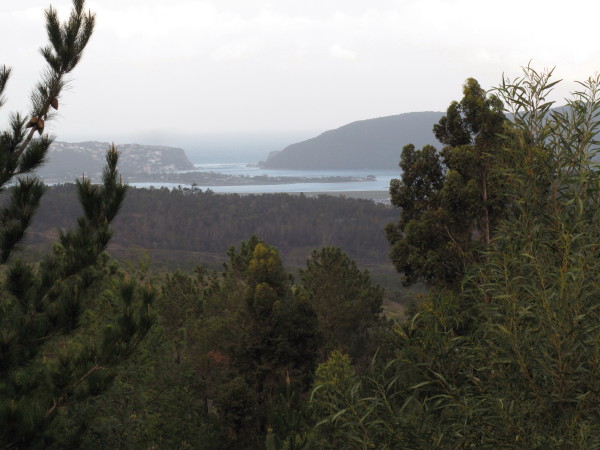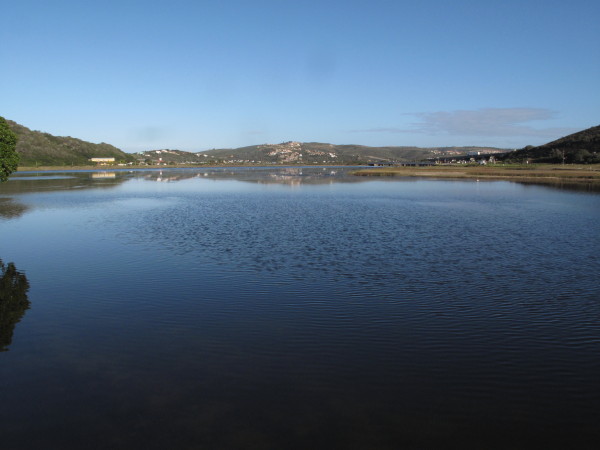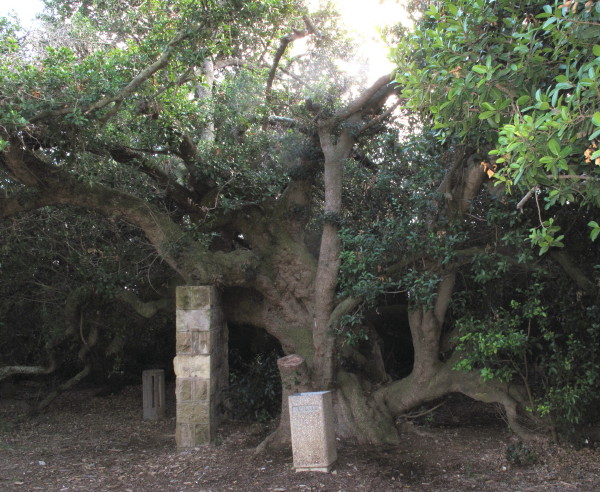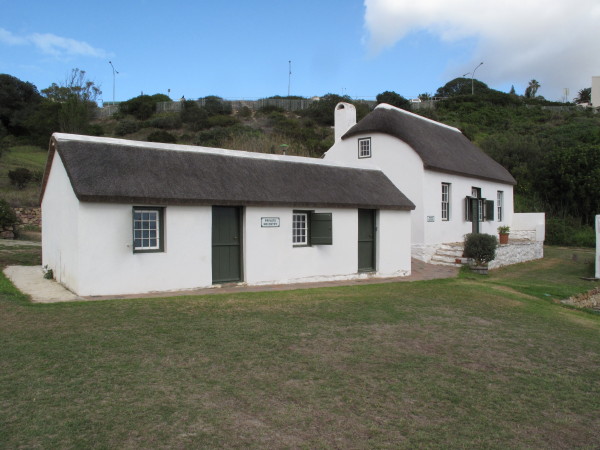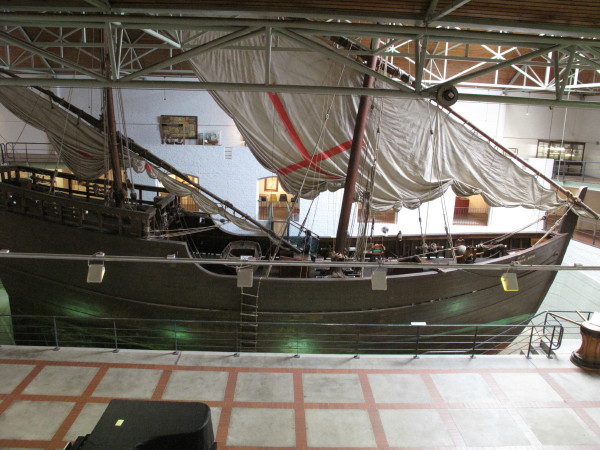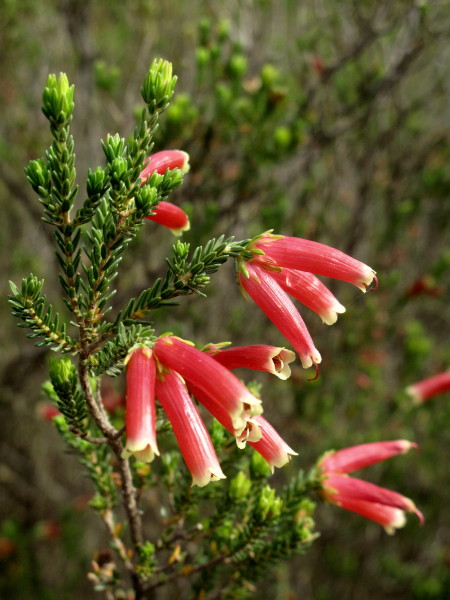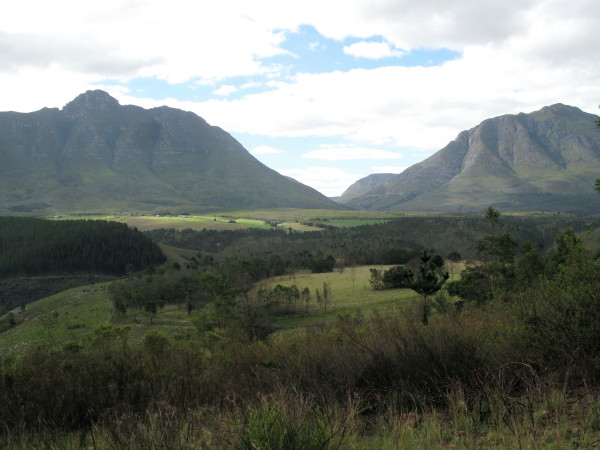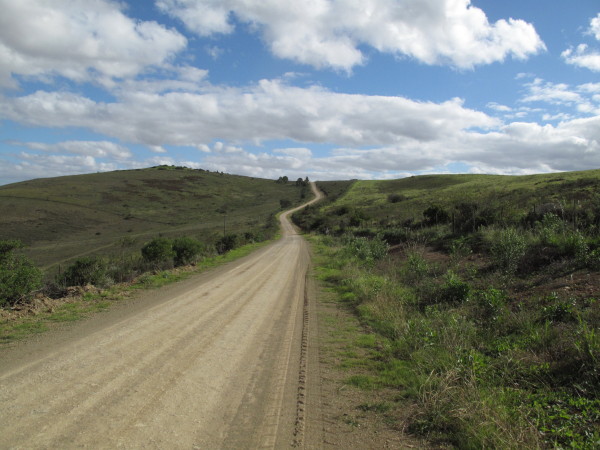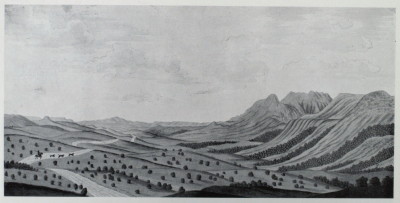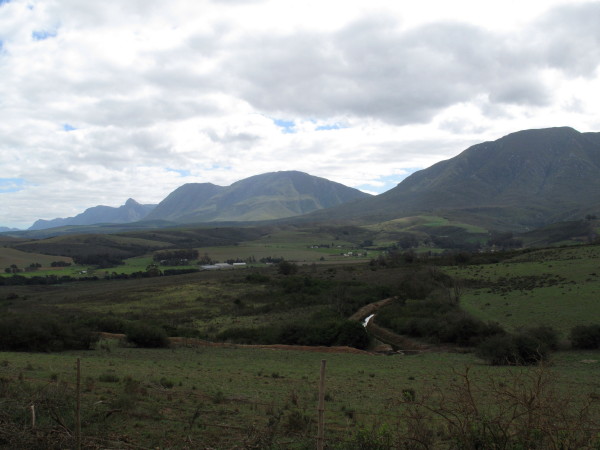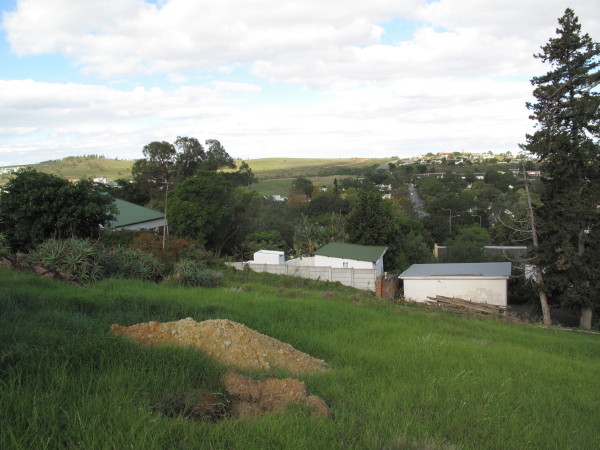tok-tokkie
Race Dog
Next day I reversed what Burchell did. I went up to the Great Fish River then turned inland to Grahamstown. I have collected all my river pictures into a separate post which follows I repeat this one as I find the Eastern Cape rivers very attractive. We don’t have lovely river views like this in the WC. Great Fish close to the sea.

I met these zebra. They are the usual zebra (as against the less common Mountain Zebra), their proper name is Burchell’s Zebra Equus burchelli.
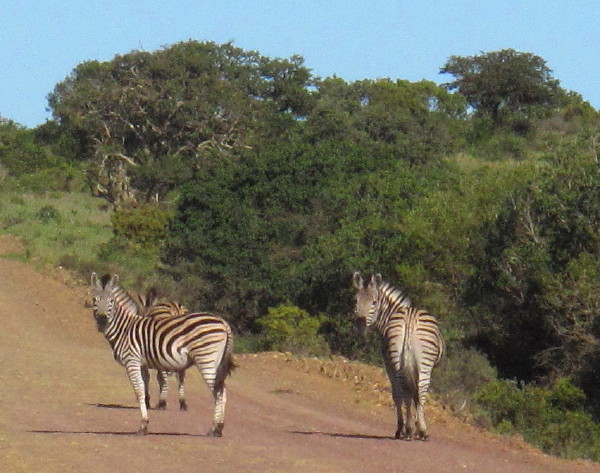
Further on field of young pineapples. With global warming I am expecting them to replace vines in the Western Cape.
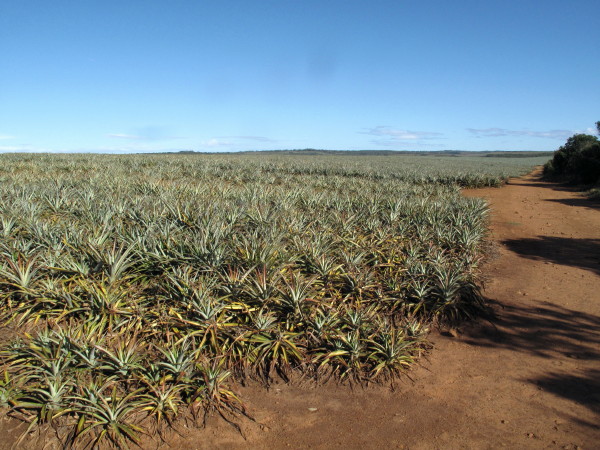
There are some lovely areas to ride and nice roads in the Eastern Cape. Just be careful of Kudu at dusk and potholes everywhere. Fish river again.
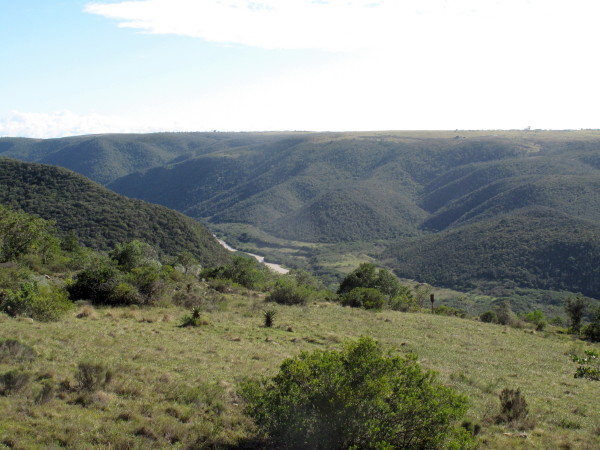
I rode through a nice indigenous forest but I show this picture which shows more of the lovely landscape (pity about the wires).
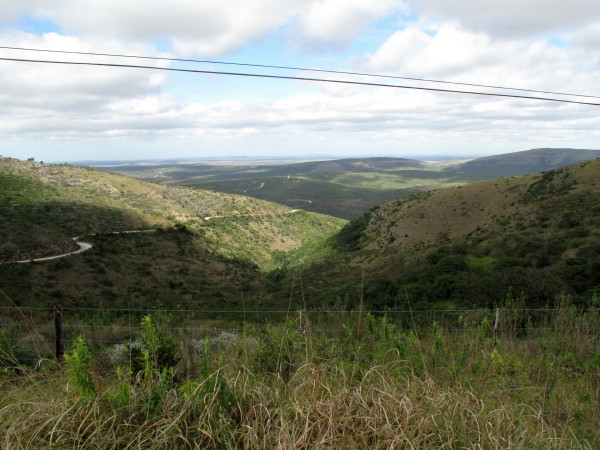
'------------------------------------------------------------------------------------------------------------
EDIT 2017/02/14 The pineapple industry was pretty well wiped out about the same time as i took those pictures. Fertiliser supplied by Protea Chemicals had been sourced from China. It contained high levels of cadmium. The cadmium was absorbed by the plants and found in the tinned fruit in Switzerland in 2006 although the fertilizer had been in use since 2004. Once the cadmium had been detected the tinned fruit could no longer be exported to the EU. In 2010 the crop had already been halved.
https://www.academicjournals.org/journal/AJAR/article-full-text-pdf/D17DAD634291

I met these zebra. They are the usual zebra (as against the less common Mountain Zebra), their proper name is Burchell’s Zebra Equus burchelli.

Further on field of young pineapples. With global warming I am expecting them to replace vines in the Western Cape.

There are some lovely areas to ride and nice roads in the Eastern Cape. Just be careful of Kudu at dusk and potholes everywhere. Fish river again.

I rode through a nice indigenous forest but I show this picture which shows more of the lovely landscape (pity about the wires).

'------------------------------------------------------------------------------------------------------------
EDIT 2017/02/14 The pineapple industry was pretty well wiped out about the same time as i took those pictures. Fertiliser supplied by Protea Chemicals had been sourced from China. It contained high levels of cadmium. The cadmium was absorbed by the plants and found in the tinned fruit in Switzerland in 2006 although the fertilizer had been in use since 2004. Once the cadmium had been detected the tinned fruit could no longer be exported to the EU. In 2010 the crop had already been halved.
https://www.academicjournals.org/journal/AJAR/article-full-text-pdf/D17DAD634291





